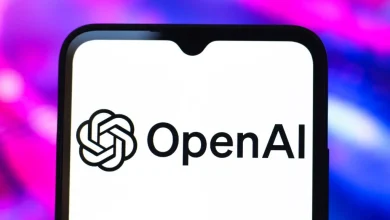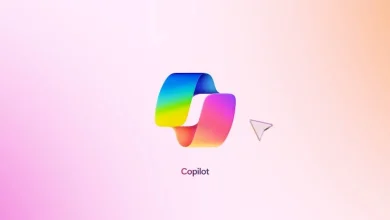
DeepSeek’s Next AI Leap Features Self-Improving Models
DeepSeek introduces self-improving models with its DeepSeek-V and DeepSeek-Coder lines, hinting at the future of scalable artificial intelligence.
DeepSeek prepares its Chinese startup to revolutionize artificial intelligence by introducing DeepSeek-V and DeepSeek-Coder models constructed from an auto-enhancing architecture. DeepSeek describes these models as key components that will create an autonomous and scalable future for large language models.
The company which operates with its DeepSeek-LLM open-source series builds upon its existing reputation to create a new generation of AI using systems that automatically learn while performing self-evaluations with minimum human involvement. DeepSeek emerges as one of the leading open-source LLM competitors in the market by rivalling Meta and Mistral alongside western laboratories in their efforts.
The Power Behind Self-Improving Models
What makes self-improving models unique is their capacity to learn and adapt without requiring human oversight at every step. The architectural mechanisms of DeepSeek operate through “self-reward” which functions similar to human error recognition to attempt solutions once again. The AI systems receive training concerning precise response generation and adaptive improvement of their reasoning mechanisms throughout their existence.
The DeepSeek-V suite deals with basic functions such as coding and math together with logic while DeepSeek-Coder retains specialized programming capabilities. These self-improving models can automatically assess their own outputs, identify suboptimal responses, and fine-tune themselves continuously. This initiative advances the development of system agents that learn without constant human supervision.

Training Scale and Technical Innovation
DeepSeek is scaling aggressively, training some of its self-improving models on datasets exceeding 10 trillion tokens. The laboratory declares that their training operations encompass both publicly available datasets along with datasets produced by AI models through machine-learning activities. Self-improvement through the training loop no longer requires continuous human supervision.
A “closed-loop system” according to DeepSeek creates a mechanism where the AI platform produces tasks while solving them before analyzing its outcomes repeatedly. Self-reliant models are essential to create generational improvements without needing teams of prompt engineers and human annotators to fix their behaviors.

Final Thought
DeepSeek’s shift to self-improving models mirrors a growing trend across the industry: building AI agents that can operate semi-autonomously. The startup plans to roll out an intelligent agent platform featuring these models that will transform planning tools which will reason effectively while enhancing communication with human personnel.
DeepSeek maintains an advantage over other major labs like OpenAI and Google because it embraces open-source and provides detailed training information which appeals to academic and developer communities. Future iterations of the company’s roadmap demonstrate plans to create advanced multilingual and multimodal versions of its models throughout the remainder of the year.



